Katherine Mansfield Author, best known for her short stories Born in New Zealand in 1888, aged 19 she moved to the UK to study, away from the strict confines of her family she lead a very bohemian lifestyle and had several lovers both male and female. Eventually she settled with a young musician Garnet Trowell however his family disapproved and broke up the relationship, on discovering she was pregnant with Garnett's child Katherine had a shotgun wedding to a music teacher named Charles Bowden, the marriage was a disaster and she left him the same week to run away with her girlfriend Ida Baker. When Katherine's mother discovered what her daughter had been getting up to she came over from New Zealand and whisked her away to a Spa in Germany where she suffered a miscarriage. Following this this her mother returned to New Zealand and Mansfield decided to stay in Germany where she met a new lover Floryan Sobienowski who not only helped her develop her writing but also gave her nasty case of gonorrhoea, which remained untreated for over a year and (unsurprisingly) took a terrible toll on her health. She returned to London the following year (1911) Where she published her first collection of short stories, it was around this time she met John Middleton Murray who was editor of a magazine called Rhythm to which she submitted a dark thriller called 'The Woman in the Store'. Middleton Murray was impressed with the story and got her a job at the magazine, the two of them began working closely together and quickly became lovers. While working at Rhythm they rubbed shoulders with many great literary talents of the day including DH Laurence and many of the Bloomsbury group, in fact Virginia Woolf even published Mansfield's novel 'Prelude' in 1918 (a tribute to her brother who was killed in WW1) Katherine and Middleton-Murray eventually got married and settled down in Hampstead but the relationship was a stormy one as she hated domestic life, and he was bad at managing money and often in debt, they had several separations (with various other lover in between) but finally parted ways in 1918. Later that same year Mansfield was diagnosed with tuberculosis,In 1919 on the advice of her doctor she travelled to Menton in the south of France with her friend and lover Ida Baker to get away from the cold English climate. In spite of her failing health the time in France was productive for her writing, she completed two critically acclaimed collections of short stories 'Bliss' and 'The garden party.' Before the disease claimed her life, in January 1923 she suffered a fatal lung haemmorhage and died age just 34.
0 Comments
As we are not running any events in the wake of Corona virus, it seems a shame for Peculiar to go into total hibernation but what to talk about instead? Perhaps this is not the most original idea in the world but after going for a stroll around Hampstead (home of Peculiar HQ) one thing I noticed we have in abundance is blue plaques, and while some names are well known others are really quite obscure, so for the time being we will be running a feature on obscure blue plaques of London - who were these people and what did they do that made them so blue palqueable?? We will kicking this feature off by talking about Sir Peter Medawar simply because he happened to live in this rather lovely house on Downshire Hill.... Sir peter medawar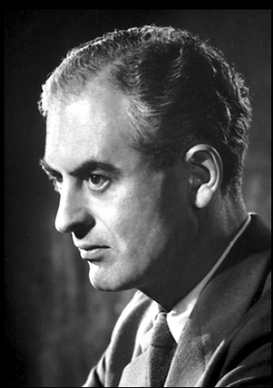 British scientist, famous for his pioneering work in organ transplants Born in Brazil in 1915 to a British mother and Lebanese father who had a business selling false teeth. Peter was sent to the Uk age 12 to board at Marlborough college, his time there was not a happy one as he was picked on by both staff and pupils for being foreign. The bullying and racism he experienced at Malborough gave him a life long hatred of the British public school system which he later described as... 'A tribal institution founded on twin pillars of sex and sadism'... In 1932 he went to Magdalen college oxford to study zoology, while he was there he met his wife Jean who he married 1937, they went on to have 4 children. After graduating from Oxford he continued to work in academia researching ways to repair damaged nerves. When World War Two broke out he got a job at the burns unit of Glasgow royal hospital and began to develop new techniques in using skin grafting to treat burn wounds. Over the next 15 years he continued to develop this research with the help of Australian scientist Frank Mcfarlane Burnett and made several advances not just in skin grafting but also transplanting organs. In 1960 he was award a Nobel prize for his groundbreaking discovery on how tissues can be grafted to prevent the body from rejecting a donor organ Sadly in 1969 suffered a stroke which left him physically handicapped but still mentally alert, he continued his research and also wrote several books including an autobiography entitled 'The Memoirs of a Thinking Radish' He died in 1987 age 72 having received a knighthood for his contributions to medicine |
peculiar londonInteresting bits of London history and news of our tours and events Categories |
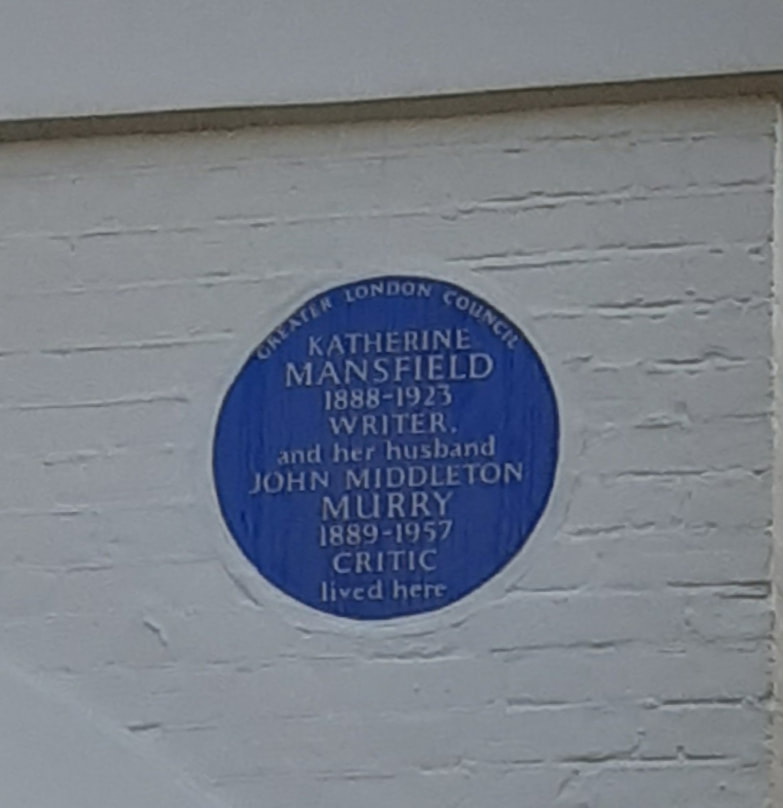
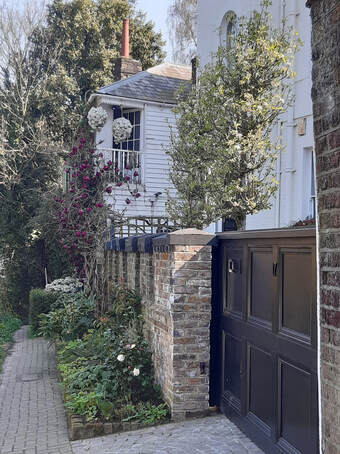

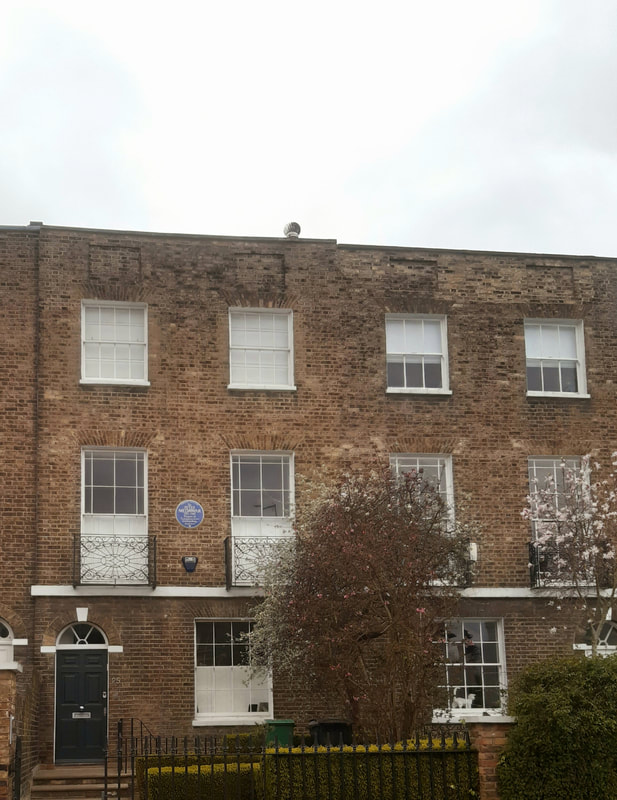
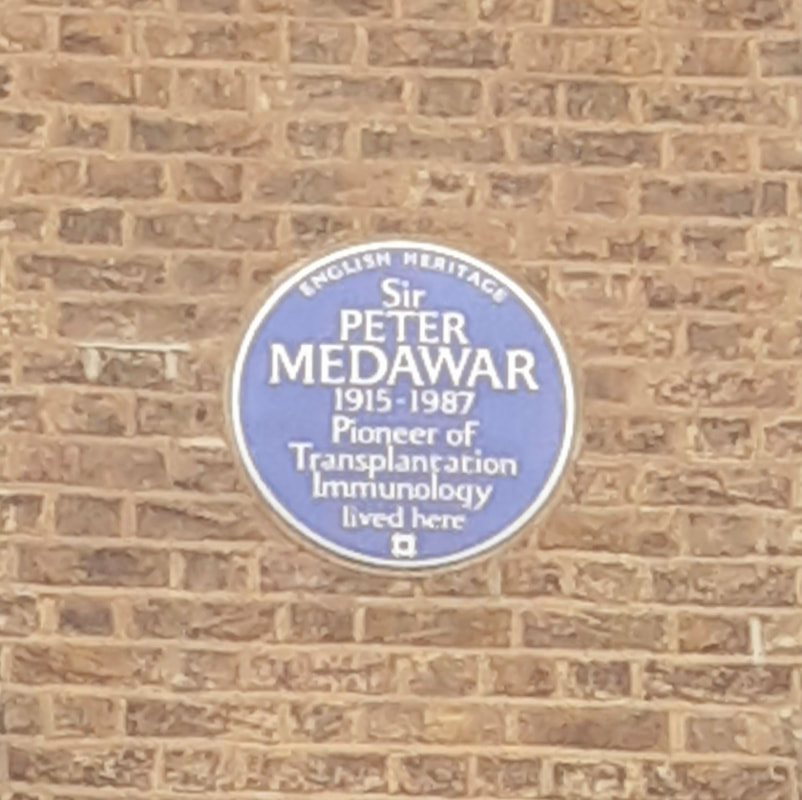
 RSS Feed
RSS Feed